In recent years, sensor-driven automation has sprang out from factories and laboratories into our homes and everyday lives. It’s no surprise that this technology is slowly finding its way into our gardens and making greenhouses smart, too.
Smart actuators, sensors and monitoring systems are at the heart of the new green movement in cities, where people are finding new ways of growing clean foods in their communities and limited spaces. And it’s not just for the tinkerers–all you need to get started is a smartphone and a specialised sensor, such as the RuuviTag.
RuuviTag is an advanced open-source sensor that fits perfectly in greenhouse applications. Check out our Video and see how well RuuviTag blends into any garden!
A greenhouse in a garden or on a balcony
When talking about a greenhouse, many might think about huge industrial greenhouses. Actually it is very easy to set up your own greenhouse either in your garden or on your balcony. You can opt for a ready-to-use greenhouse or build your own from old windows, for example.
Greenhouses’ basic principle is to create an optimal environment for plants to grow. It can be heated and misted to tackle the problems of cold climates. Or, on the other hand, it can protect the plants from excessive direct sunlight and dryness.
In order to adjust the conditions inside a greenhouse, you have to know them at all times. And preferably, you could have graphs for longer periods of time and pre-set alarms that alert you when the temperature drops too low, for example. This is the sweet spot where the ancient way of growing food meets modern technological solutions.
Small, inexpensive sensors are the solution for round-the-clock greenhouse monitoring. A simple way to monitor greenhouse temperature and humidity is to place at least three smart Bluetooth sensors inside the greenhouse: one at each end of the structure, and one in the middle. In this article we will be discussing the benefits of one of these sensors, the RuuviTag.

Lowering costs with new technologies
New materials, such as fibreglass, acrylic and polycarbonate panels are helping to make greenhouses even more efficient and cheaper to build. At the same time, greenhouse automation and smart technologies are finding their way from industrial use to the home consumer market.
Examples of these smart tools, include:
- automatic fans and heaters
- vents that open and close according to the temperature
- computer controlled watering systems that provide water and fertilisers
Greenhouse automation — is it for me?
A simple backyard greenhouse does not necessarily need automation, such as computer controlled shades, irrigation, ventilation or temperature control. However, it is important to understand that maintaining controlled temperature and humidity within a greenhouse are two of the most important elements of any functional greenhouse.
Humidity affects a plant’s ability to perform its core biological functions. Plants use a process called transpiration, which helps move water used for photosynthesis and growth. It also plays a significant role in cooling the plant. Monitoring and controlling both temperature and relative humidity locally or remotely becomes extremely important.
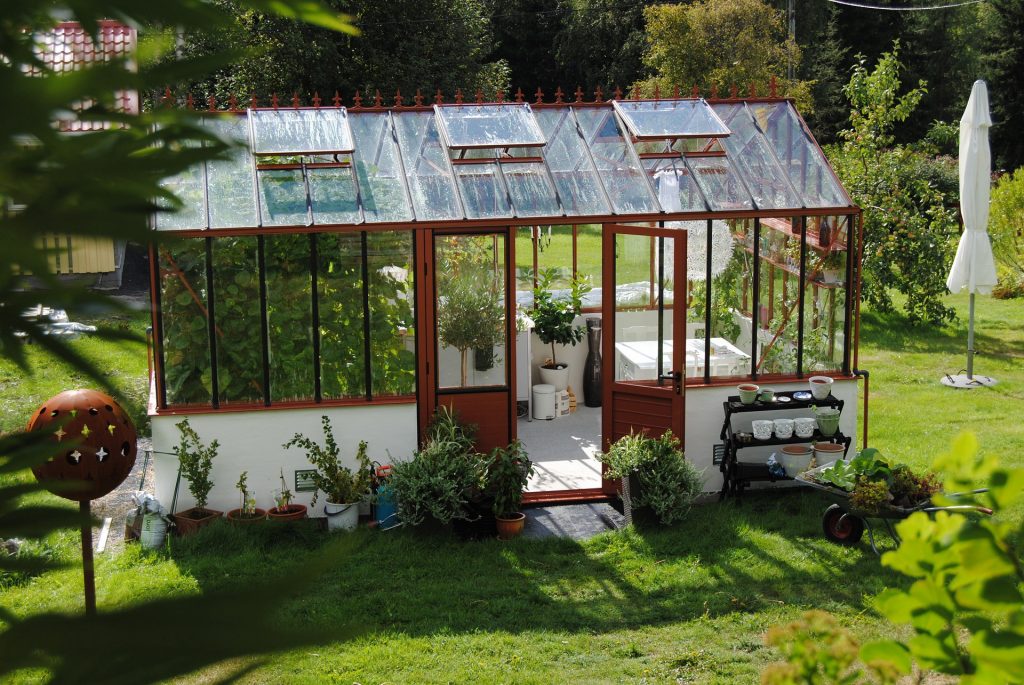
Finally, greenhouse automation will help save your time and improve your harvests. Building such a system has become more affordable and is an interesting project to undertake. Several tutorials can be found on the Internet with step-by-step explanations for building your own arduino-based automation system.
Choosing a smart Bluetooth sensor instead of a regular thermometer
The simplest measurements can be done just by using a digital thermometer, but opting for a more advanced sensor might prove more practical. Having real-time sensor data available on your mobile phone could be a real lifesaver in case of equipment failure requiring immediate attention. RuuviTags work with Ruuvi Gateway, which sends the sensor data to the cloud. There the data is accessible at any times. Read more about Ruuvi Gateway here
Advanced temperature monitoring should involve measuring air temperature, media temperature and plant temperature separately. In this use case, using advanced systems such as computer operated infrared sensors or other smart sensors becomes a necessity.
A smart sensor that grows to your needs
As appealing as building your very own system might sound, the level of technical understanding required in this approach could be a big turnoff for many. In addition, your equipment should also be capable of handling the greenhouse environment, which typically requires special attention with power supplies and sensors that might be sensitive to water splashes, sunlight and humidity. A successful rig should be greater than the sum of its parts.
As mentioned earlier, smart sensors come with applications that usually display graphs of the measurements they make. This is beneficial as you can analyse how much the temperature drops during night, for example. With a basic digital thermometer, you must take the reading manually. These smart sensors also combine temperature, air humidity and air pressure readings in the same user interference. This is very convenient if we compare to having separate sensors for each type of measurement.
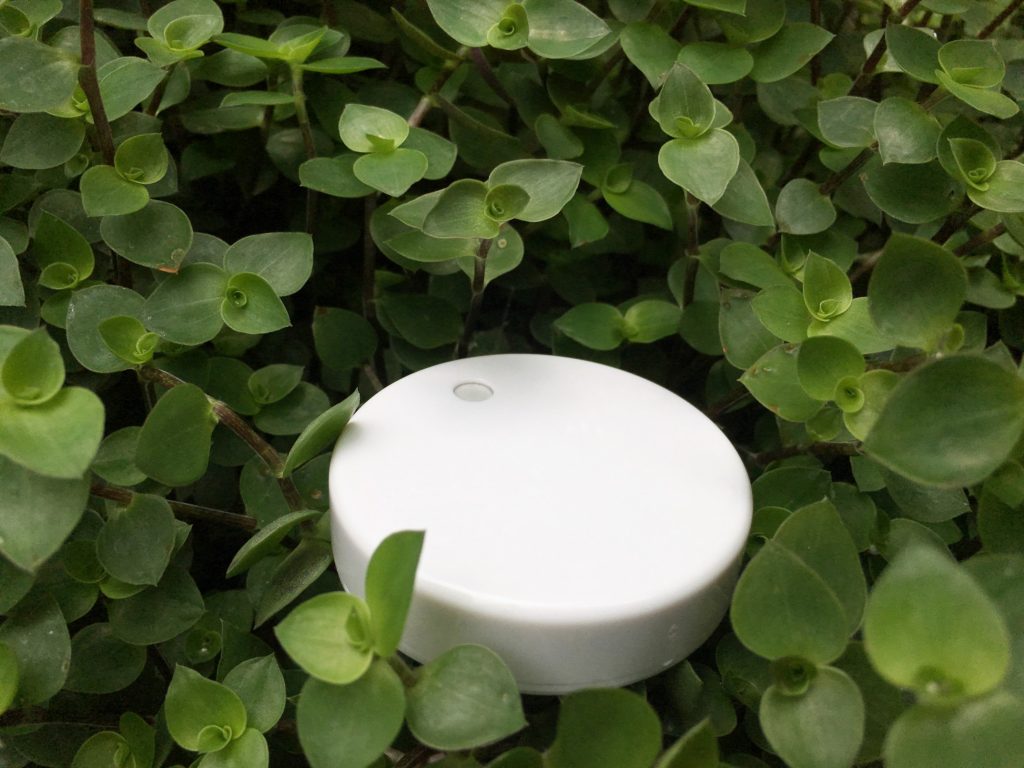
Why choose the open-source RuuviTag sensor node?
RuuviTag is among the few wireless sensors that are easy to recommend for both beginners and advanced users: it can function as an independent mobile-ready weather station right out of the box thanks to the free RuuviStation mobile application. RuuviTag can also complement an existing Raspberry Pi or Arduino based setup, or even grow up to a full-blown industrial sensor grid through Wirepas Mesh networking.
Ruuvi’s open-source ideology opens a vast amount of possibilities for tinkerers and its active user community is a great place to start a project that suits both small and big needs. RuuviTag even comes in a weatherproof enclosure, which makes it extra appealing for greenhouse applications.
For inspiration on other greenhouse controlling systems, check out this article about climate control systems.
Conclusion
Setting up comprehensive monitoring and automation in your greenhouse on a small budget may require special knowledge, as is the case with Raspberry Pi or Arduino based solutions.
It’s not always necessary to buy or build complicated systems that include servos and other command and control features: wireless IoT sensors such as the RuuviTag can be used as an easy way to monitor and control many parameters of a greenhouse environment such as temperature and humidity.
Importantly, RuuviTag is also open-source, making it very flexible for both home and industrial greenhouse applications.
Order RuuviTag now and improve your yields!
Ruuvi is an easy way to measure your greenhouse’s conditions all year round.
39,90€
Ruuvi is based in Finland. If you’re an EU consumer, VAT is included. If you’re a non-EU customer, you don't pay VAT. If you're an EU business, insert your VAT ID at checkout.
In stock
RuuviTag Sensor (4in1)
| 5 star | 92% | |
| 4 star | 8% | |
| 3 star | 0% | |
| 2 star | 0% | |
| 1 star | 0% |
RuuviTag Sensor (4in1)
| Quantity | Unit Price(€) |
|---|---|
| 1 | 39,90 |
| 2 | 37,40 |
| 3-5 | 36,90 |
| 6-8 | 35,90 |
| 9-12 | 34,90 |
| 13-25 | 33,90 |
| 26-99 | 32,90 |
Are you looking for bigger quantities? Contact us for pricing.
FAQ
Which temperatures should be monitored in a greenhouse?
Advanced temperature monitoring should involve measuring air temperature, media temperature and plant temperature separately.
Why is humidity important in a greenhouse?
Humidity affects a plant’s ability to perform its core biological functions. Plants use a process called transpiration, which helps move water used for photosynthesis and growth. It also plays a significant role in cooling the plant.
How can I monitor my greenhouse?
Small, inexpensive sensors are the solution for round-the-clock greenhouse monitoring.
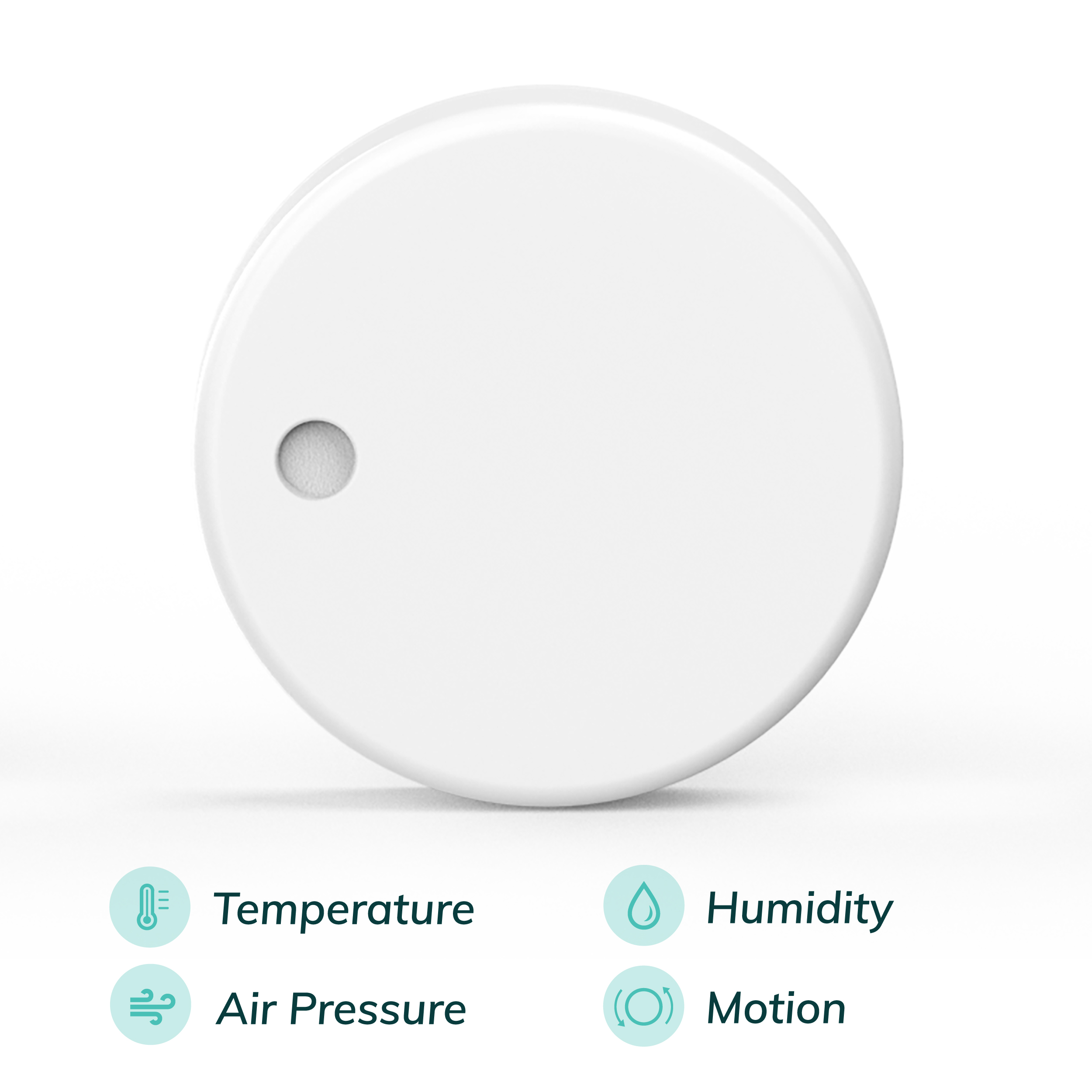
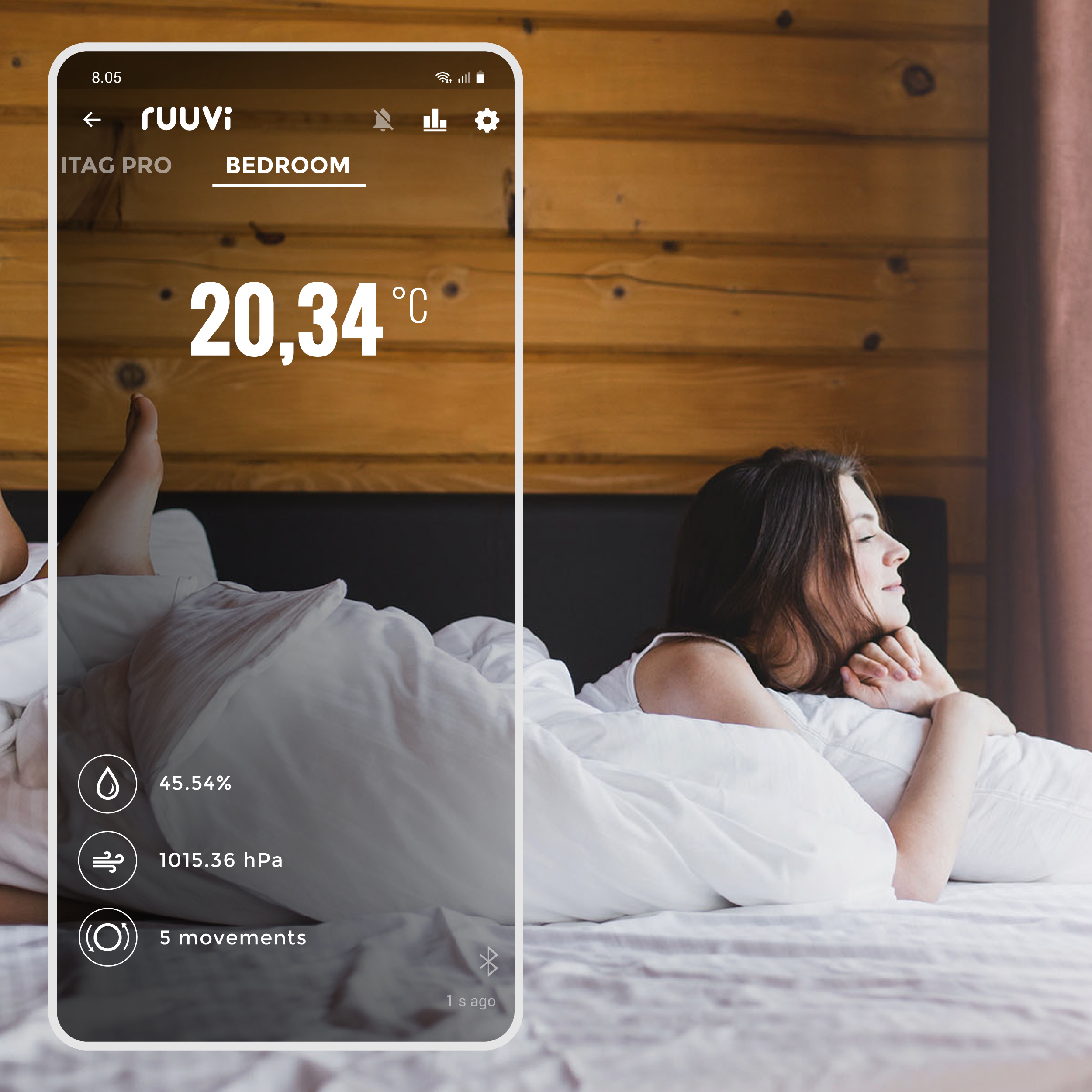

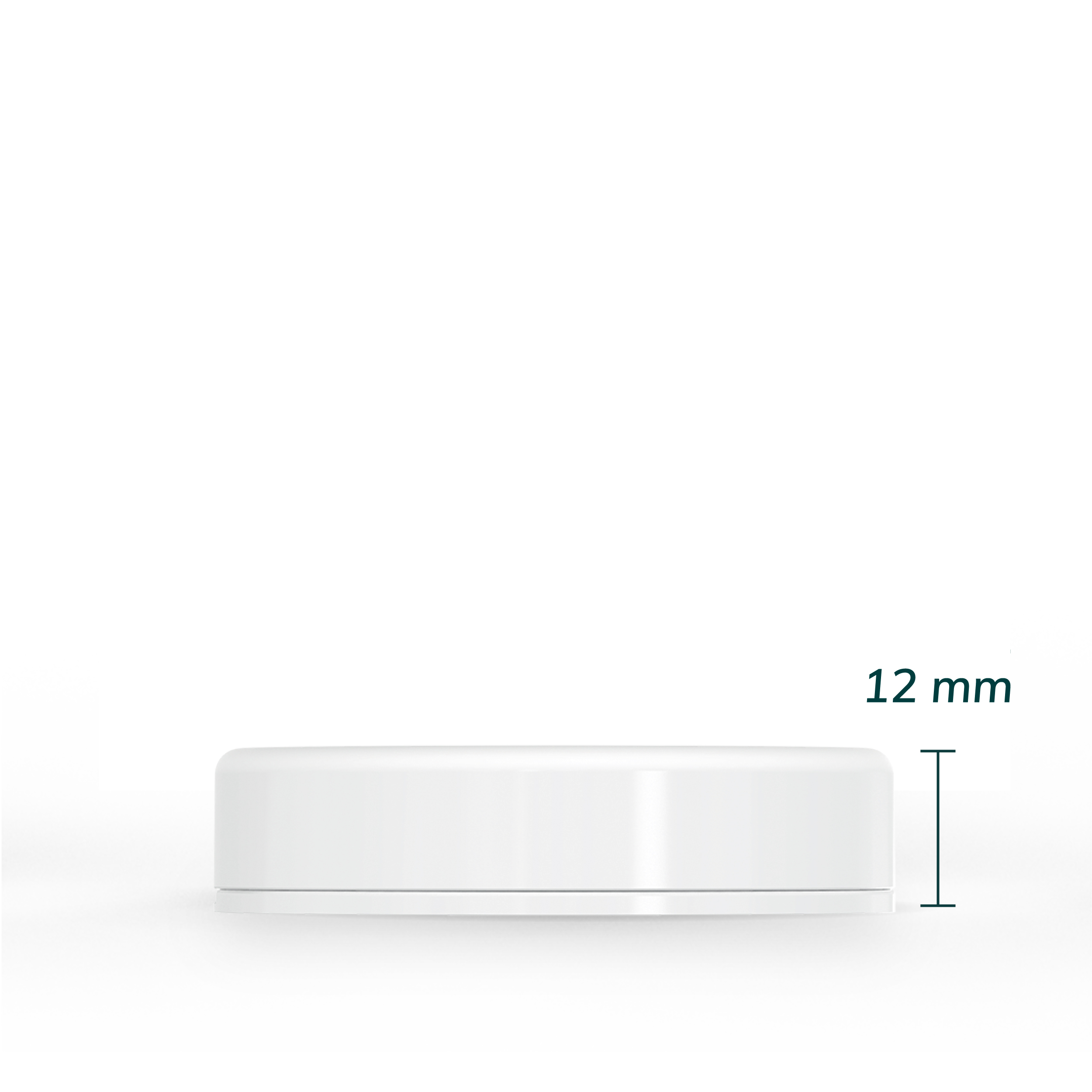
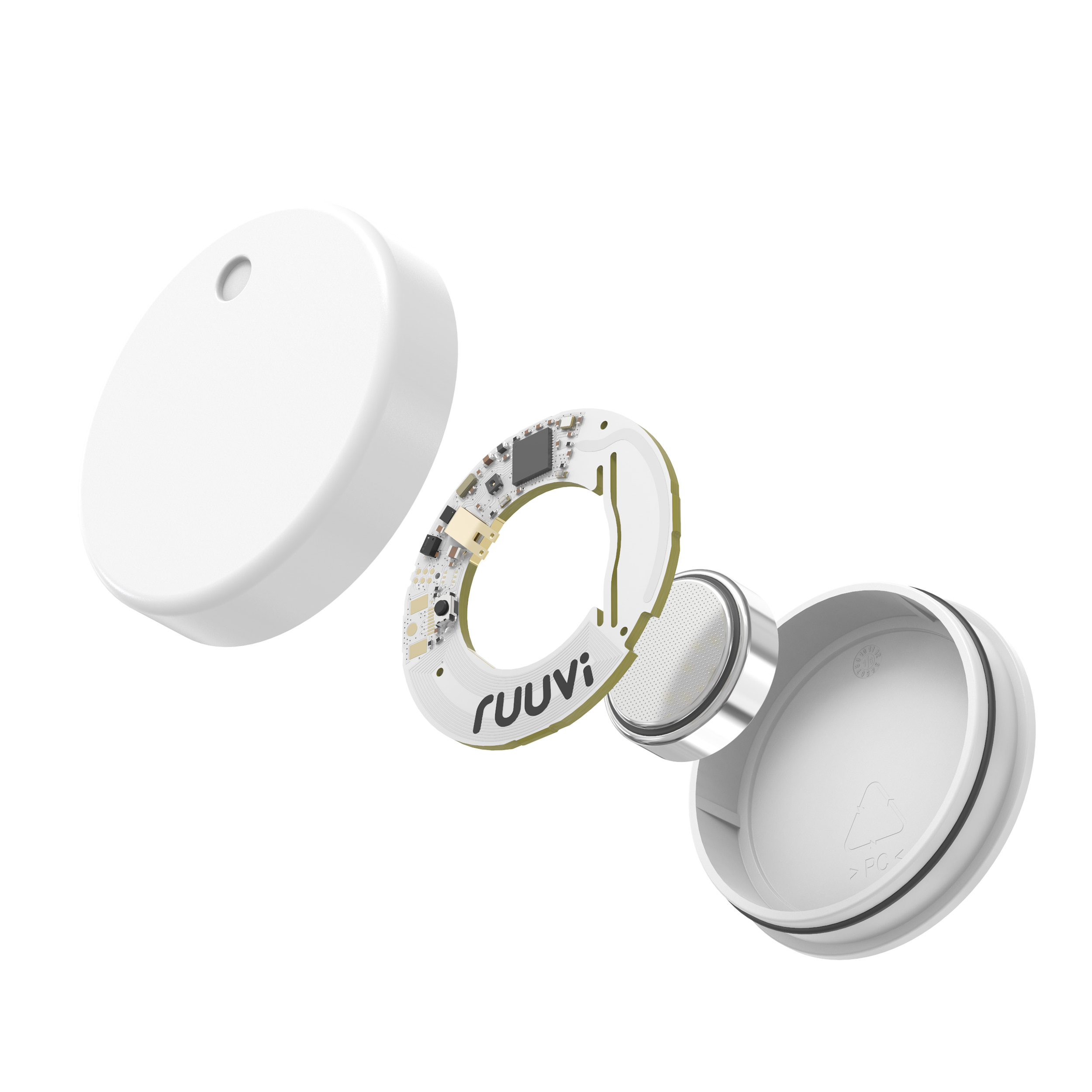
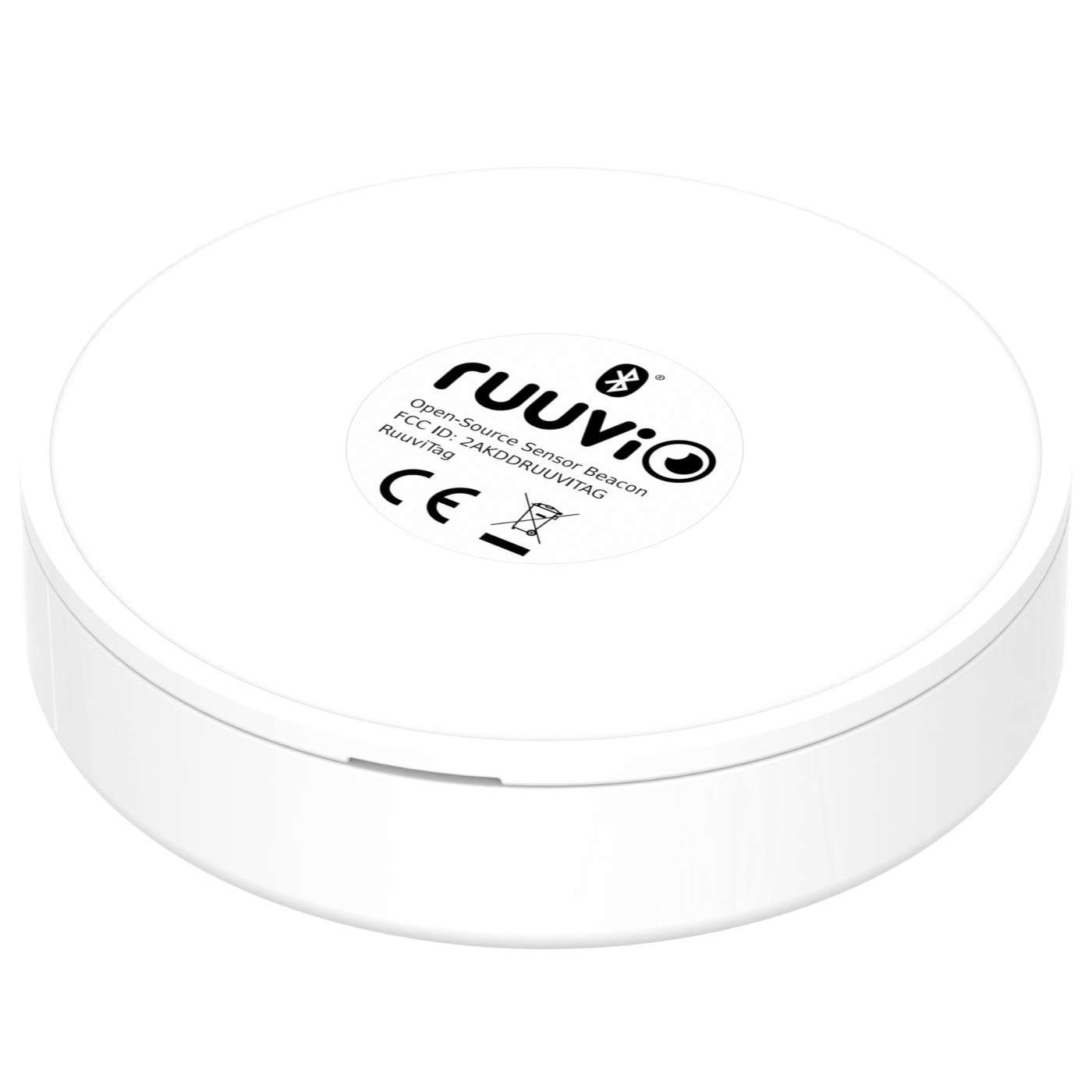
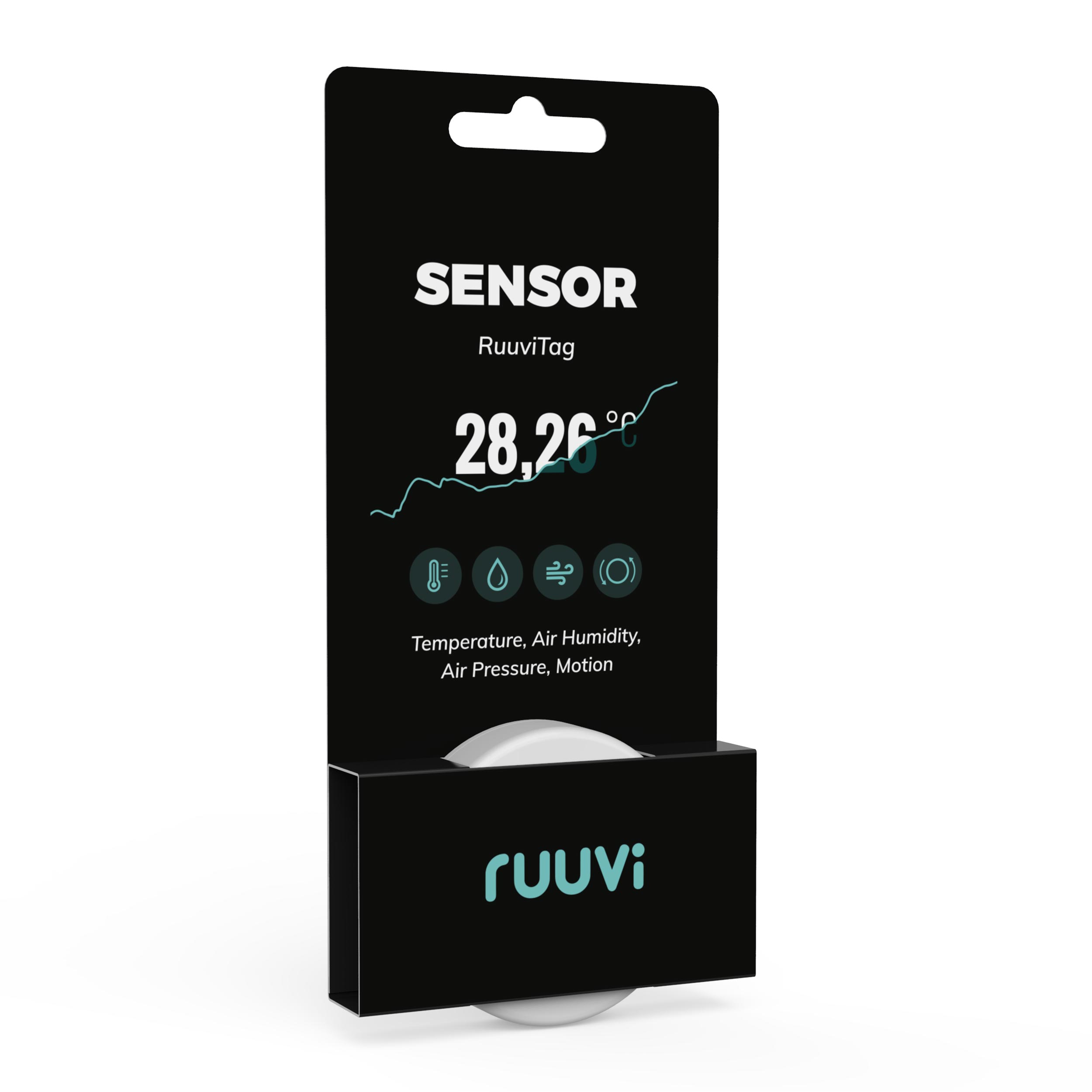
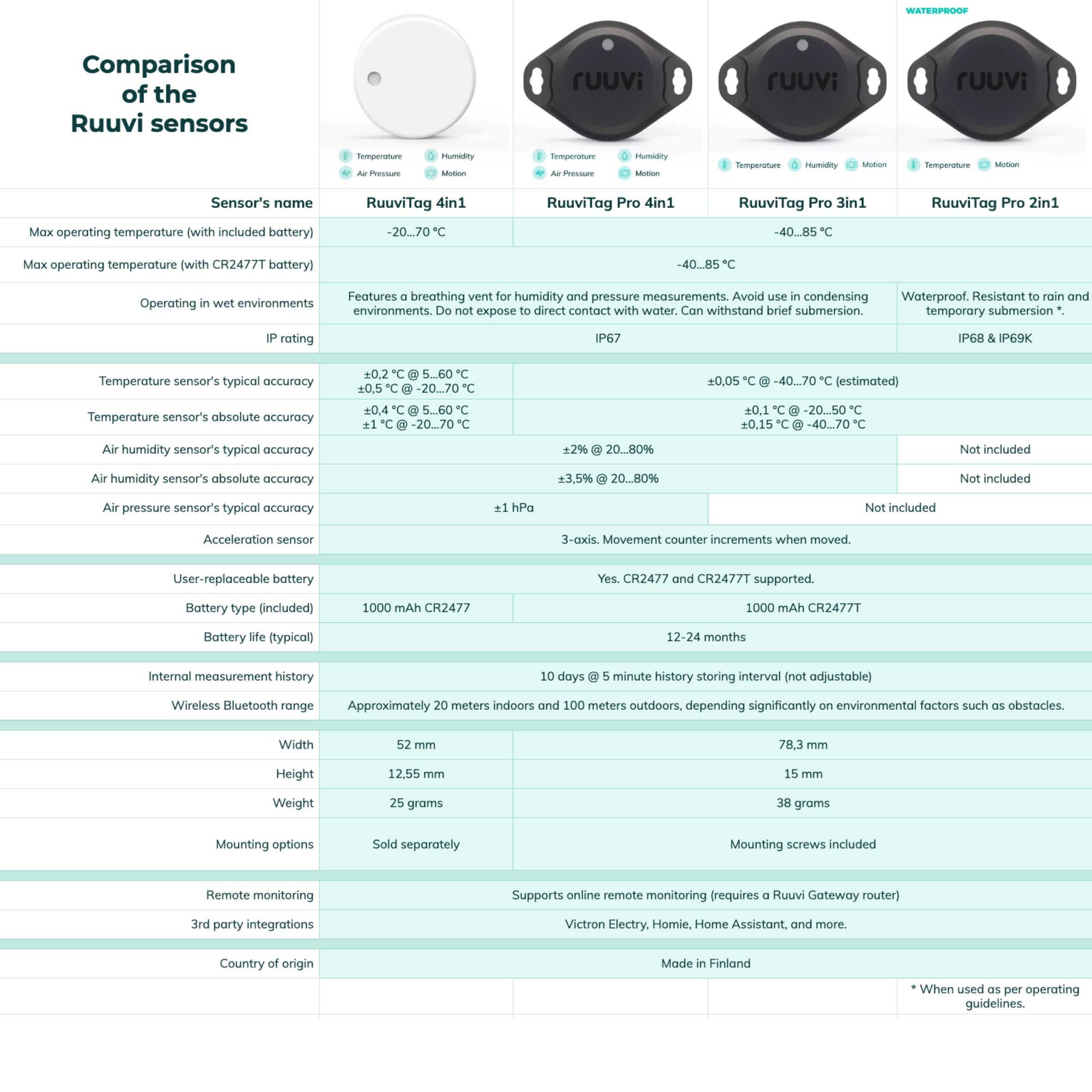
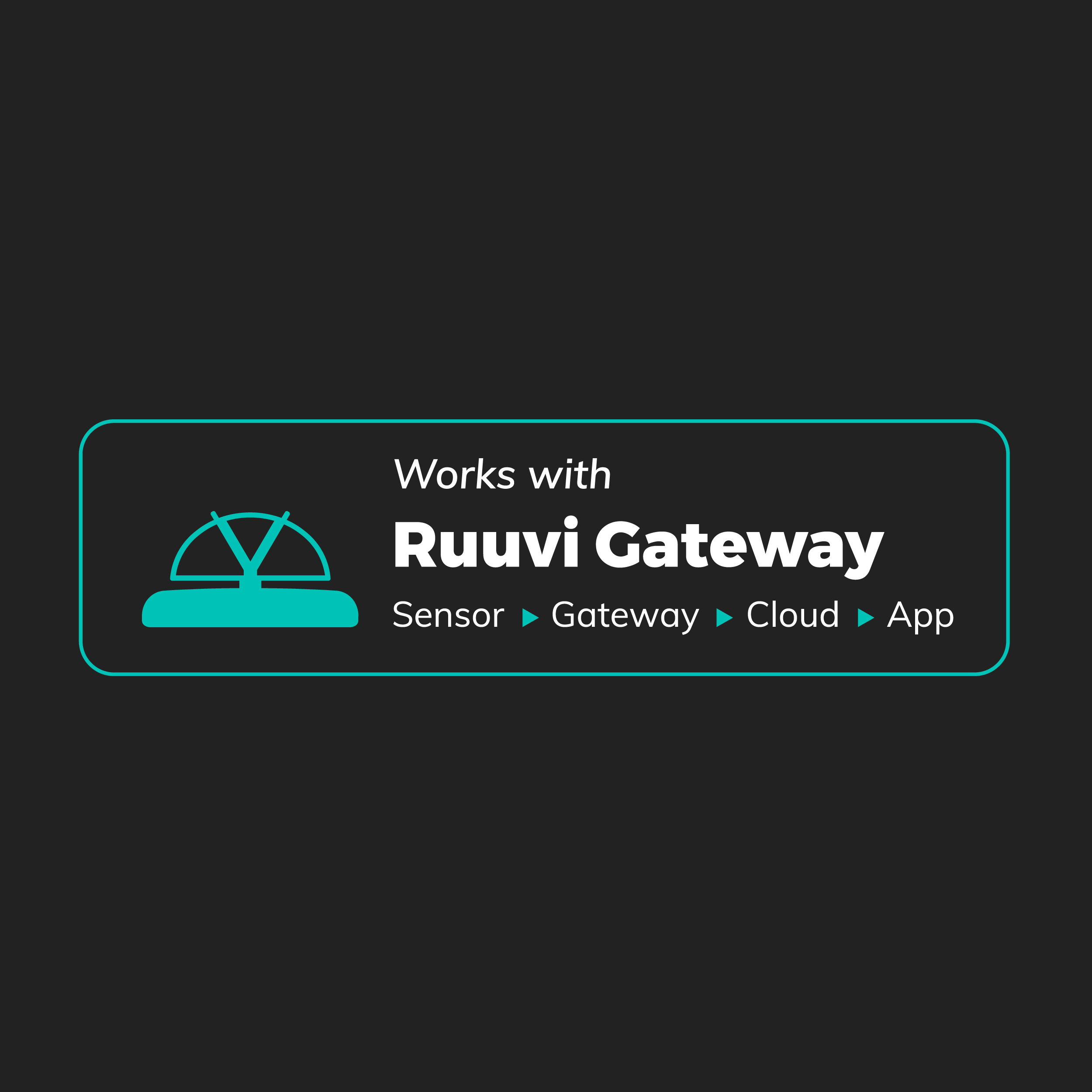
Easy to use!
I have been a loyal user of the RUUVI products for years, and I couldn’t be happier with their quality and performance. Recently, when I faced an issue on my last shopping, the company’s support team went above and beyond to help me. Their dedication and personal follow-up truly impressed me and reinforced why I trust and recommend RUUVI so highly. If you want a reliable and innovative product, look no further than RUUVI. Highly recommended!
A tremendous little sensor that just works. The data it provides is consistently reliable, and the battery life has been excellent. I now have several of them dotted around the house — and also in the motorhome — and they’ve all been rock-solid. Whether I’m checking temperature, humidity, or movement, they report instantly and have never let me down. A simple, dependable sensor that does exactly what it promises.